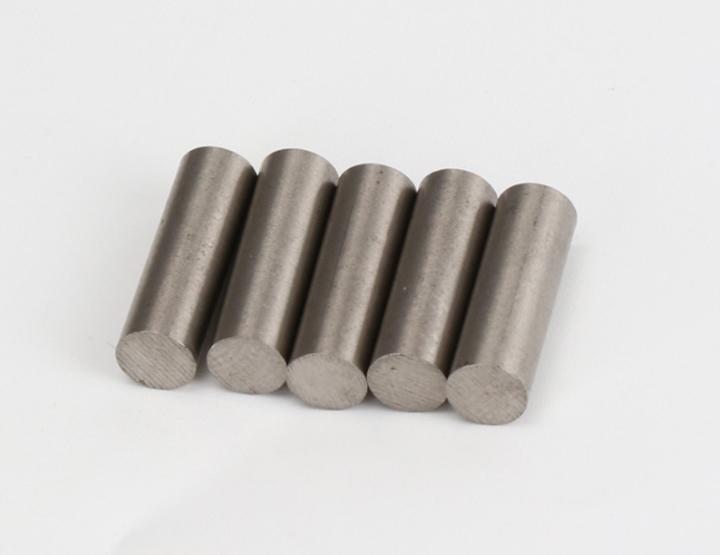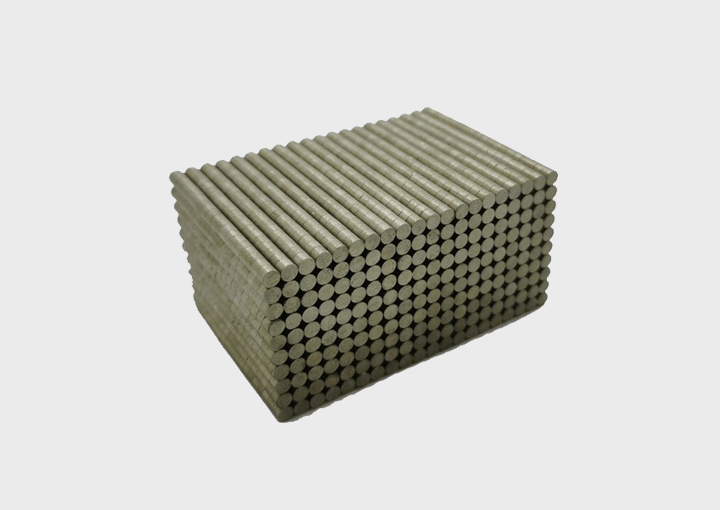Ultra-high-temperature magnets usually refer to magnet materials that can maintain stable magnetic properties at extremely high temperatures. Among the existing magnetic materials, Alnico magnets and some specially designed Samarium Cobalt magnets are two types of magnets that can withstand higher temperatures.
Typical Magnets for Ultra High Temperature - Alnico Magnets

Alnico magnets are alloys of aluminum, nickel, cobalt, and trace metals such as iron and copper, generally manufactured by casting or sintering processes, and are best characterized by their extremely high temperature resistance, up to 550°C and Curie temperature of 860°C. It is well suited for use in applications such as the automotive industry, ovens, furnaces, aircraft engines and other high temperature environments.
The main disadvantage is that compared to rare earth magnets (such as NdFeB and SmCo), their magnetic properties (maximum magnetic energy product) are low, generally in the range of 5 MGOe to 9 MGOe.
Ultra High Temperature Rare Earth Magnets - Samarium Cobalt Magnets
Samarium cobalt permanent magnet without electroplating

Samarium cobalt magnet is one kind of rare earth magnets, which is mainly composed of samarium and cobalt, sometimes iron (Fe), copper (Cu) and other elements are added. It can be plated or unplated, and it has high temperature resistance and can maintain stable magnetic properties in environments as high as 250℃ to 350℃ (some specially designed samarium cobalt magnets can withstand more than 500℃).
Choosing Samarium Cobalt or Alnico magnets;
If your application requires operation at very high temperatures (e.g., near or over 500 degrees Celsius), Alnico (aluminum-nickel-cobalt) may be a better choice. If there is a higher temperature resistance, e.g. around 300 degrees Celsius, and there is a requirement for magnetic properties, Samarium Cobalt would be more suitable. If the budget is limited and the working conditions permit, it may be more economical to choose Alnico.
We are a professional permanent magnet supplier in China, we can customize or provide ready-made magnet specifications for you, which is more cost-effective than you buy on some magnet malls, welcome to contact us.
High Temperature Magnet Knowledge Post;
Do neodymium magnets demagnetise at transient high temperatures?
 China Neodymium And Ferrite Magnets Manufacturer & Supplier
China Neodymium And Ferrite Magnets Manufacturer & Supplier 


